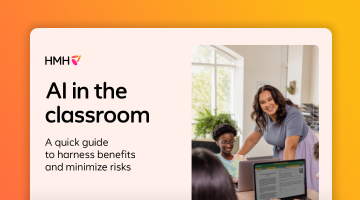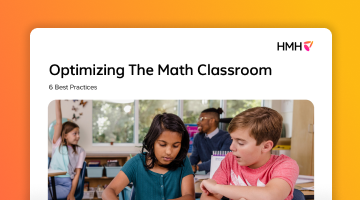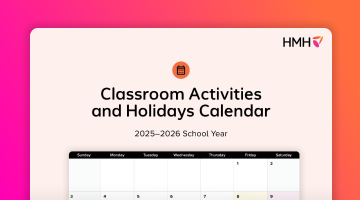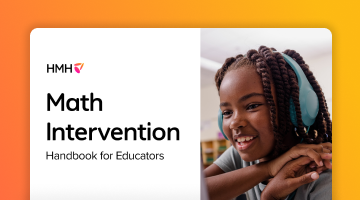
Although both the acronyms ESL (English as a second language) and ELL (English language learners) relate to English language learning, they are not synonymous. Teachers may encounter both terms, and it is important to understand and distinguish between ESL and ELL to better address the needs of all students. Read on to learn more about these terms.
ELL and ESL defined
ELL is an abbreviation for English language learner. This refers to students who are in the process of learning English and their primary language is not English. The acronym ELL has evolved to be an adjective referring to a student who belongs to this population, which is why it is common to see the terms “ELL students” and “ELL learners” despite what the acronym stands for. ELL students come in at varying levels of English language proficiency and have different academic and language needs. For example, some ELL students have recently moved to the states, while other ELL students may have been born in the U.S.
ESL is an abbreviation for English as a second language. ESL is used to refer to programs and classes that are designed to help students develop English language skills, like speaking, reading, and writing. In schools, ESL classes may be provided either in a pull-out model, where students are pulled from the general education classroom for additional specialized instruction with a specialist, or a push-in model, where a specialist comes in and works with students in the general ed classroom.
Similarities and difference between ELL and ESL
ESL and ELL are often used interchangeably even though they have differing definitions. The difference mainly has to do with what the acronym refers to. ELL refers to the students who are acquiring the English language. Whereas ESL refers ot the specialized programs and methods for teaching ELL students.
A common criticism heard about both these terms is that they focus unfairly on students don’t know rather than what they do know. Additionally, the term ESL does not recognize that there are students learning English who may know more than two languages. Recently, there has been a shift towards using inclusive, asset-based language that acknowledges students' full linguistic experiences.
Additional terms related to ELL and ESL
There are many more terms and acronyms that relate to English language learning. Familiarizing yourself with these additional terms can you help further support students with their English language development.
- English language development (ELD): This term refers to the process in which individuals acquire, refine, and master the English language. ELD involves mastery of four language domains (listening, speaking, reading, and writing) as well as understanding contextual and cultural nuances in English.
- Long-term English learners (LTELs): LTELs are a subgroup of ELLs who have participated in dedicated ELD programs for more than six years without having exited.
- English for speakers of other languages (ESOL): This refers to programs and courses designed to teach English to individuals whose primary language is not English. ESOL classes can take place where English is not the primary language and English is being learned as a foreign language.
With a move towards more inclusive language, alternative terminology, like multilingual learners, has emerged among researchers and educators. The term multilingual learners (MLLs or MLs) refers to students who are developing proficiency in multiple languages. Using "multilingual learner", as opposed to "English language learner", highlights and values students’ existing language abilities. Focusing on the strengths students bring with them can create a welcoming learning environment where students feel empowered.
Understanding the acronyms that describe multilingual learners and their learning can help educators better identify teaching strategies and materials to support students along their path towards English language proficiency.
***
Address the range of multilingual learners' needs with our English language development programs.
Download our free guide to using response frames with multilingual learners.









